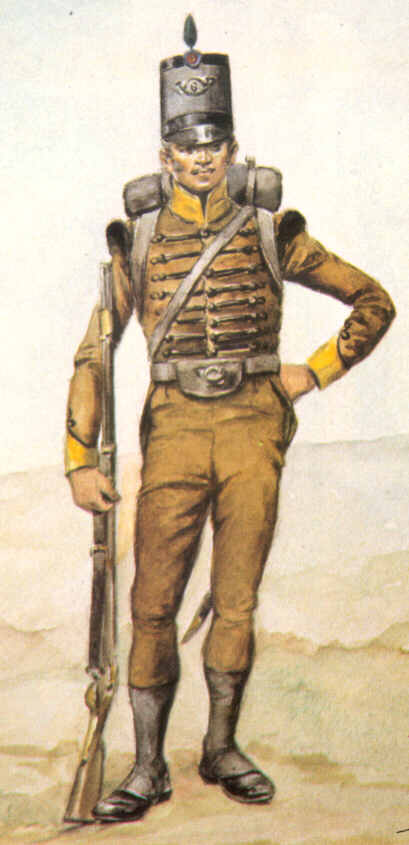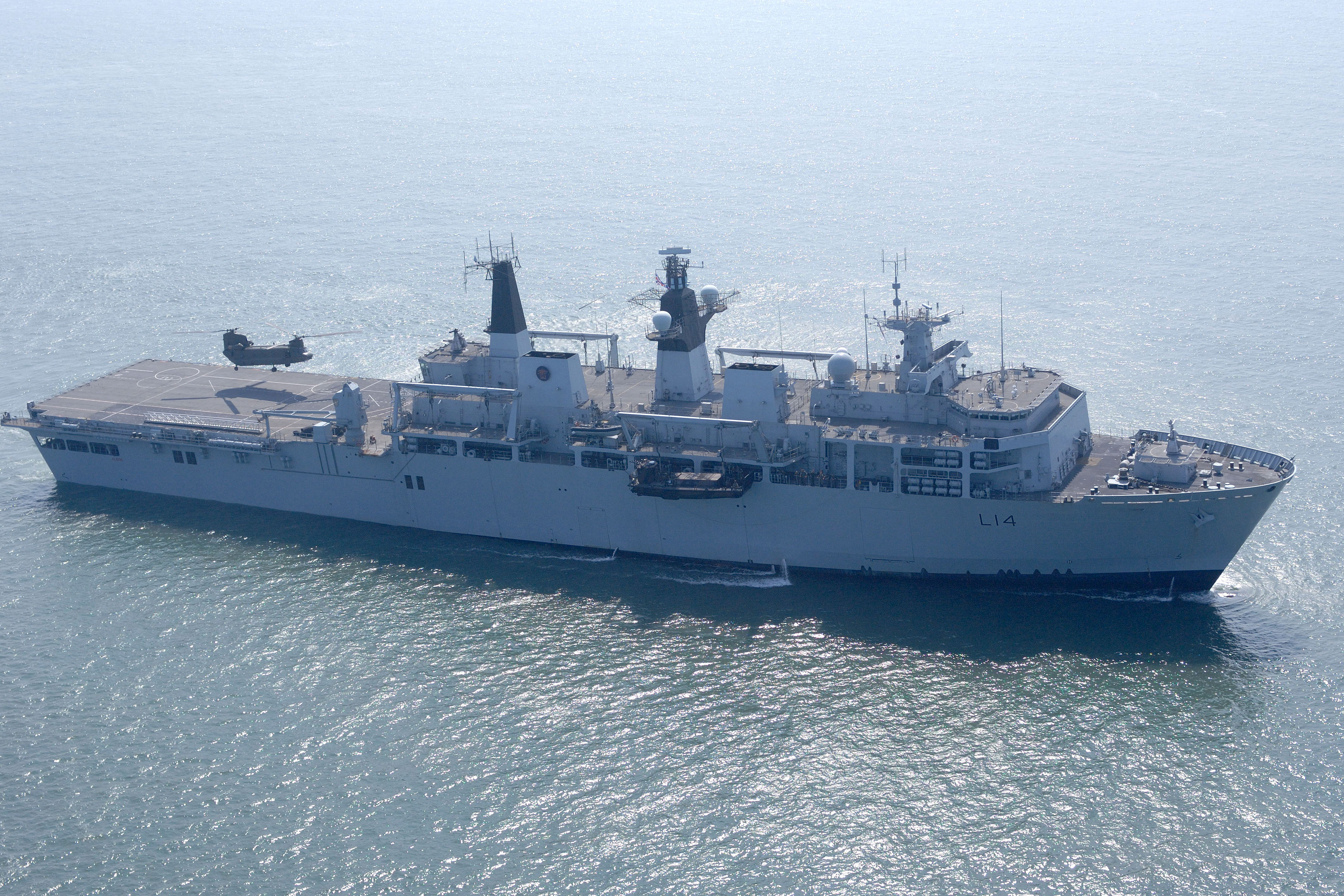|
Joint Rapid Reaction Force
The Joint Rapid Reaction Force (JRRF) was a capability concept of the British Armed Forces from 1999 to 2010. It was a pool of specialised units from all three armed services tasked with Rapid deployment force, rapid deployment worldwide at short notice. The force was intended to be capable of mounting operations up to medium scale warfighting. It could be employed nationally, or multinationally under the auspices of NATO, the United Nations or any other coalition#Military, coalition. The JRRF was an initiative in the 1998 Strategic Defence Review (1998), Strategic Defence Review. An initial rapid reaction capability was declared in April 1999 and was fully operational in 2001. It was originally intended that JRRF would be able to mount up to two simultaneous operations of up to 15,000 personnel each. A major military exercise called Saif Sareea II was held in Oman in September 2001 to test the deployment of the JRRF. In the event of the JRRF being activated, the force commander w ... [...More Info...] [...Related Items...] OR: [Wikipedia] [Google] [Baidu] |
16 Air Assault Brigade
16 Air Assault Brigade Combat Team, known simply as 16 Air Assault Brigade from 1999–2021, is a formation of the British Army predominantly based in Colchester, Essex. It makes up the Air Assault Task Force, a battlegroup held at high readiness, and is the only brigade in the British Army focused on operating via parachute, helicopter and air-landing. History Formation The brigade was formed as part of the defence reforms implemented by the Strategic Defence Review (1998), Strategic Defence Review on 1 September 1999, by the merging of 24 Airmobile Brigade and elements of British 5th Infantry Brigade, 5th Airborne Brigade. This grouping created a highly mobile brigade of parachute units and airmobile units, which employ helicopters. Macedonia After a ceasefire was declared in the North Macedonia, Republic of Macedonia (now known as the Republic of North Macedonia) between government forces and rebels known as the National Liberation Army (Albanians of Macedonia), National L ... [...More Info...] [...Related Items...] OR: [Wikipedia] [Google] [Baidu] |
Northwood Headquarters
Northwood Headquarters is a military headquarters facility of the British Armed Forces in Eastbury, Hertfordshire, England, adjacent to the London suburb of Northwood. It is home to the following military command and control functions: #Headquarters, Strategic Command, formerly Joint Forces Command #Permanent Joint Headquarters # Commander Operations for the Royal Navy #NATO Allied Maritime Command History The headquarters is on the grounds of Eastbury Park. In 1938 the Royal Air Force took over the site for the use of RAF Coastal Command which made use of the Eastbury house and also created a network of underground bunkers and operations blocks. The house was used as an Officers' Mess though it was subsequently damaged by fire. In 1953 the Commander-in-Chief, Home Fleet, gained an additional NATO responsibility as Commander-in-Chief, Eastern Atlantic, as part of SACLANT, and the Eastern Atlantic NATO military command structure was established at the Northwood Headquart ... [...More Info...] [...Related Items...] OR: [Wikipedia] [Google] [Baidu] |
Destroyer
In naval terminology, a destroyer is a fast, maneuverable, long-endurance warship intended to escort larger vessels in a fleet, convoy, or carrier battle group and defend them against a wide range of general threats. They were conceived in 1885 by Fernando Villaamil for the Spanish NavySmith, Charles Edgar: ''A short history of naval and marine engineering.'' Babcock & Wilcox, ltd. at the University Press, 1937, page 263 as a defense against torpedo boats, and by the time of the Russo-Japanese War in 1904, these "torpedo boat destroyers" (TBDs) were "large, swift, and powerfully armed torpedo boats designed to destroy other torpedo boats". Although the term "destroyer" had been used interchangeably with "TBD" and "torpedo boat destroyer" by navies since 1892, the term "torpedo boat destroyer" had been generally shortened to simply "destroyer" by nearly all navies by the First World War. Before World War II, destroyers were light vessels with little endurance for unatte ... [...More Info...] [...Related Items...] OR: [Wikipedia] [Google] [Baidu] |
Frigate
A frigate () is a type of warship. In different eras, the roles and capabilities of ships classified as frigates have varied. The name frigate in the 17th to early 18th centuries was given to any full-rigged ship built for speed and maneuverability, intended to be used in scouting, escort and patrol roles. The term was applied loosely to ships varying greatly in design. In the second quarter of the 18th century, what is now generally regarded as the 'true frigate' was developed in France. This type of vessel was characterised by possessing only one armed deck, with an unarmed deck below it used for berthing the crew. Late in the 19th century (British and French prototypes were constructed in 1858), a type of powerful ironclad warships was developed, and because they had a single gun deck, the term 'frigate' was used to describe them. Later developments in ironclad ships rendered the 'frigate' designation obsolete and the term fell out of favour. During the Second World War ... [...More Info...] [...Related Items...] OR: [Wikipedia] [Google] [Baidu] |
Commando
A commando is a combatant, or operative of an elite light infantry or special operations force, specially trained for carrying out raids and operating in small teams behind enemy lines. Originally, "a commando" was a type of combat unit, as opposed to an individual in that unit. In other languages, ''commando'' and ''kommando'' denote a "Command (military formation), command", including the sense of a military or an elite special operations unit. In the militaries and governments of most countries, commandos are distinctive in that they specialize in unconventional assault on high-value targets. In English, to distinguish between an individual commando and a commando unit, the unit is occasionally capitalized. In China, the term "commando unit" (突击队) does not necessarily refer to a commando unit, but refers to special forces and Police tactical unit, police tactical units in general. Such use includes the Special Operations Brigade (PLA Navy Marine Corps), Jiaolong Command ... [...More Info...] [...Related Items...] OR: [Wikipedia] [Google] [Baidu] |
Light Infantry
Light infantry refers to certain types of lightly equipped infantry throughout history. They have a more mobile or fluid function than other types of infantry, such as heavy infantry or line infantry. Historically, light infantry often fought as Reconnaissance, scouts, Raid (military), raiders, and skirmishers. These are loose formations that fight ahead of the main army to harass, delay, disrupt supply lines, engage the enemy's own skirmishing forces, and generally "soften up" an enemy before the main battle. Light infantrymen were also often responsible for Screening (tactical), screening the main body of a military formation. Following World War II, the term "light infantry" has evolved to include rapid-deployment units (including commando and Airborne forces, airborne units) that emphasize speed and mobility over armor and firepower. Some units or battalions that historically held a skirmishing role retain their designation "light infantry" for the sake of tradition. His ... [...More Info...] [...Related Items...] OR: [Wikipedia] [Google] [Baidu] |
Special Boat Service
The Special Boat Service (SBS) is the special forces unit of the United Kingdom's Royal Navy. The SBS can trace its origins back to the Second World War when the Army Special Boat Section was formed in 1940. After the Second World War, the Royal Navy formed special forces with several name changes—Special Boat Company was adopted in 1951 and re-designated as the Special Boat Squadron in 1974—until on 28 July 1987 when the unit was renamed as the Special Boat Service after assuming responsibility for maritime counter-terrorism. Most of the operations conducted by the SBS are highly classified, and are rarely commented on by the British government or the Ministry of Defence, owing to their sensitive nature. The Special Boat Service is the naval special forces unit of the United Kingdom Special Forces and is described as the sister unit of the British Army 22 Special Air Service Regiment (22 SAS), with both under the operational control of the Director Special Forces. In ... [...More Info...] [...Related Items...] OR: [Wikipedia] [Google] [Baidu] |
Special Air Service
The Special Air Service (SAS) is a special forces unit of the British Army. It was founded as a regiment in 1941 by David Stirling, and in 1950 it was reconstituted as a corps. The unit specialises in a number of roles including counter-terrorism, hostage rescue, direct action (military), direct action and special reconnaissance. Much of the information about the SAS is highly classified information, classified, and the unit is not commented on by either the British government or the Ministry of Defence (United Kingdom), Ministry of Defence due to the secrecy and sensitivity of its operations. The corps currently consists of the 22 Special Air Service Regiment, which is the regular component, as well as the Artists Rifles, 21 Special Air Service Regiment (Artists) (Reserve) and the 23 Special Air Service Regiment (Reserve), which are reserve units, all under the operational command of United Kingdom Special Forces (UKSF). Its sister unit is the Royal Navy's Special Boat Servi ... [...More Info...] [...Related Items...] OR: [Wikipedia] [Google] [Baidu] |
Special Forces
Special forces or special operations forces (SOF) are military units trained to conduct special operations. NATO has defined special operations as "military activities conducted by specially designated, organized, selected, trained and equipped forces using unconventional techniques and modes of employment". Special forces emerged in the early 20th century, with a significant growth in the field during World War II, when "every major army involved in the fighting" created formations devoted to special operations behind enemy lines. Depending on the country, special forces may perform functions including Airborne forces, airborne operations, counter-insurgency, counter-terrorism, foreign internal defense, Covert operations, covert ops, Direct action (military), direct action, Hostage crises, hostage rescue, high-value targets/Manhunt (military), manhunt, intelligence, surveillance, target acquisition, and reconnaissance, intelligence operations, Mobility (military), mobility o ... [...More Info...] [...Related Items...] OR: [Wikipedia] [Google] [Baidu] |
Spearhead Land Element
{{Short description, Principal high-readiness component of the British Armed Forces The Spearhead Lead Element (SLE), sometimes referred to as the Spearhead Land Element, is one of two high-readiness components of the British Armed Forces under the operational control of the Permanent Joint Headquarters, with the other being the Spearhead Naval Element (SNE). It is typically a battle group formed around a light infantry battalion, or Commando, with force elements from other arms allocated. The SLE is oriented towards low and medium-intensity operations such as regional security, disaster-relief or non-combatant evacuation. Deployment Initial force elements required to deploy from the base location within 24 hours are the Headquarters company, high-readiness company and associated logistic enablers. The remaining force will be required to deploy within 48 hours. The SLE is nominated for a six-month period to avoid burnout and for maintenance of capability. Maintaining readiness Ma ... [...More Info...] [...Related Items...] OR: [Wikipedia] [Google] [Baidu] |
Joint Expeditionary Force
The Joint Expeditionary Force (JEF) is a United Kingdom-led Northern European multi-national military partnership designed for Rapid reaction force, rapid response and Expeditionary warfare, expeditionary operations. It consists of the United Kingdom, the Nordic countries (Denmark, Finland, Iceland, Norway, Sweden), the Baltic states (Estonia, Latvia, Lithuania), and the Netherlands. The JEF has been fully operational since June 2018. It can act independently in its own right, but it can also be deployed in support of NATO or other cooperative ventures, for example as part of a United Nations peacekeeping force. All of its ten member states are also members of NATO, with Finland's and Sweden's applications ratified in 2023 and 2024, respectively. History Formation (2012–2018) The JEF concept was first conceived in 2012 and announced by the then Chief of the Defence Staff (United Kingdom), Chief of the Defence Staff, Baron Richards of Herstmonceux, General Sir David Richards.< ... [...More Info...] [...Related Items...] OR: [Wikipedia] [Google] [Baidu] |








